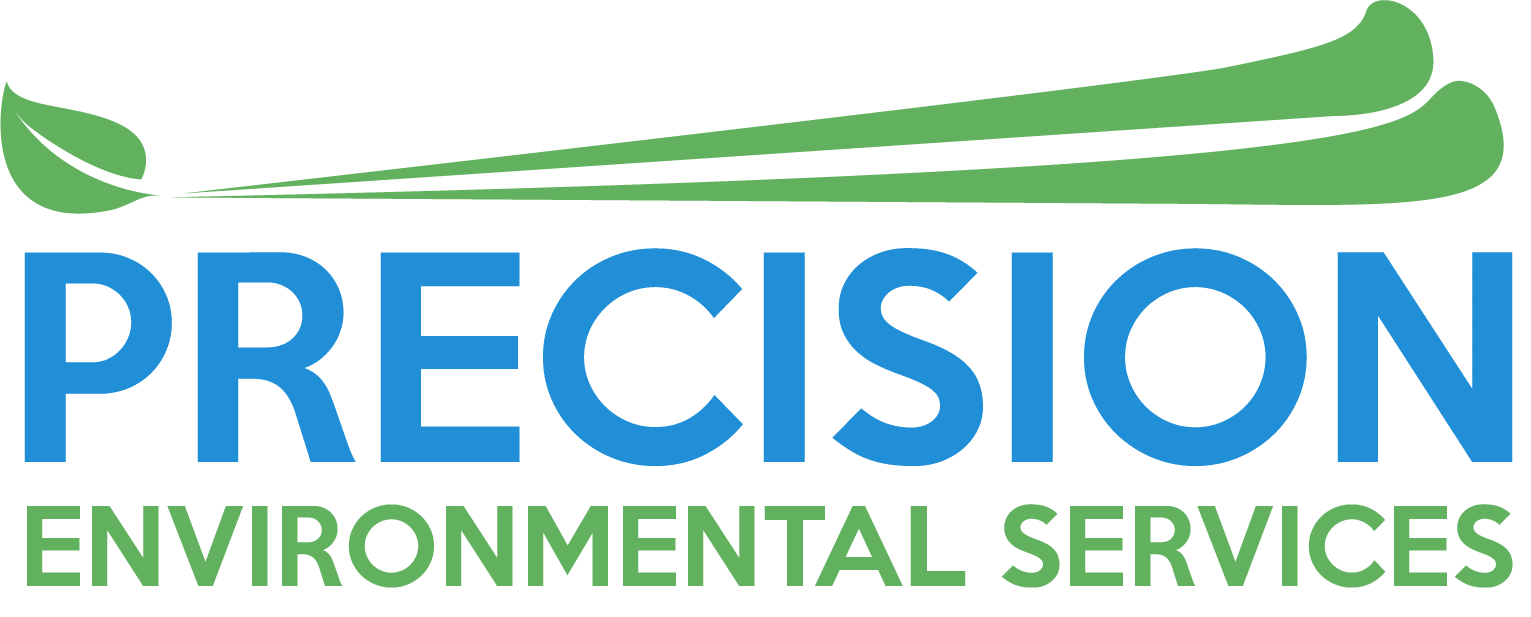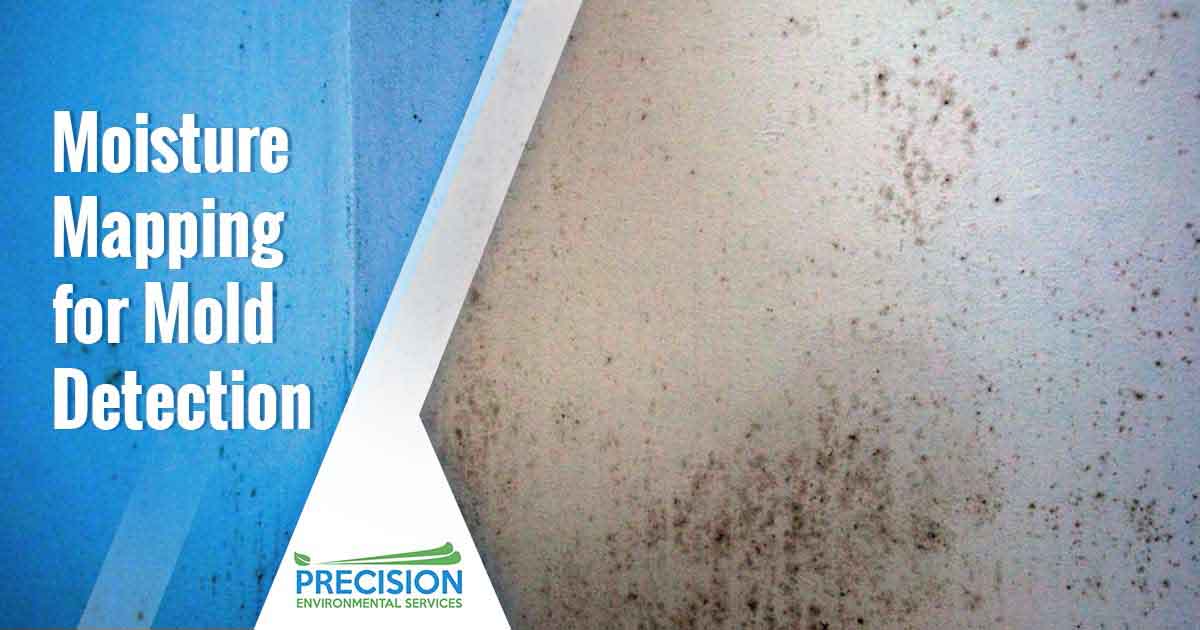Nobody wants mold in their home. When it comes to finding mold, moisture meters are by far one of the most useful tools of the trade for mold remediation. While there’s no real way to eliminate all of the mold spores in an indoor space, you can control and prevent mold growth by controlling moisture. This is what makes moisture mapping for mold detection so powerful. Once mold spores find their ideal conditions, they’ll grow and spread. Finding these areas using a moisture meter and eliminating the ideal mold growth conditions is the best way to prevent mold problems.
Moisture mapping tools today are very accurate. They can detect tiny moisture pockets within walls, floors, ceilings, and more. They help pinpoint corrosion and moisture conditions that have a greater opportunity for mold growth.
Accurate Mold Detection
Detecting mold with the naked eye can be difficult if there’s not a visible colony. In a typical building, moisture on surfaces tends to evaporate fairly quickly, leaving little opportunity for mold spores to settle and grow. However, moisture hidden behind the wall, under the floor, or even within concrete doesn’t get the same airflow as a surface that’s out in the open. Here, the moisture lingers and makes an ideal home for mold.
A moisture meter can help identify these affected areas of elevated moisture hidden within building materials. And, as any good mold remediation specialist knows, finding the moisture is the first step when it comes to finding and removing mold. These powerful meters can also help detect problems before they become a bigger issue. Not only does moisture contribute greatly to mold growth, but it also can lead to health issues and damages that can ultimately lower the property value.
Today’s meters also have the ability to detect significant moisture pockets that can actually impact the structural integrity of the building. This is especially important if your home or commercial building has sustained water damage at some point or is located in a flood area or disaster area. A trained mold inspector can provide an extra layer of peace of mind for home buyers and sellers alike.
How Moisture Meters Find Moisture
There are two main types of moisture meter technology in use today. Both are able to find moisture within building materials and establish if there is a risk of mold.
Pin-Type Moisture Meters
These types of meters use wood and other cellulose fibers. They work by sending an electrode current through the cellulose material with two pins. Pin meters operate on the principle of electrical resistance. This means they can identify the presence of water within the building materials. These types of meters are best used for precise measurements and can read the moisture levels at various points and locations within a material.
Pinless Meters
These types of meters use radio frequency signals rather than electrical currents. They send a signal into the surface without physically entering or damaging the surface. This type of meter is generally better for scanning larger areas in a shorter time.
Both meters measure moisture content which is described as %MC. Some surfaces such as wood naturally have some moisture. However, when the %MC reaches a certain point, that surface becomes more susceptible to mold growths. For example, if a wood surface has 20%MC then mold spores will have the opportunity to develop. Other surfaces, such as carpet padding or drywall, generally have lower tolerances. Your mold remediation expert will understand what the various moisture readings mean and if there’s any cause for concern.
Common Places Mold Hides
It’s easy to know if you have a mold problem when you can see the growth. But many mold colonies tend to grow in hard-to-see or even unanticipated areas where they’re left to thrive undetected. Eventually, these mold colonies can grow to the point where they can cause health risks and complications in those who are unknowingly exposed.
A mold expert understands where to look for moisture that may be feeding mold colonies. Here are just some of the places where mold secretly thrives:
- Between walls and inside drywall
- Below tile, wood floors, within subfloors and carpets
- Inside the insulation material between the walls
- In ceilings or roofs, especially those with an undiscovered water leak
- Damp, dark basements or attics
If these colonies are left untreated then the growth can quickly become dangerous to people, pets, and even the structure itself.
Early Mold Detection
When you’re purchasing a building of any sort, you’ll likely have some sort of inspection. When buying a home, a home inspection is almost always required by the lender. However, home inspectors aren’t generally trained to look for or identify mold issues. They may, however, refer you to a mold specialist if they find something concerning. But it’s also possible that they may miss the warning signs. This is why many people are now also requesting mold inspections when they purchase a building.
A mold expert, specially trained to detect mold and moisture, will evaluate the space and detect mold or moisture and the severity of the problem. This allows you to make a fully educated decision about the building you’re trying to purchase. Finding these problems before completing the sale also helps the buyers avoid costly repairs or renovations when the mold inevitably spreads causing rust, rot, and other problems.
In addition to mold, these moisture pockets often hold bacteria and can also contribute to insect and pest infestations. These types of situations can result in disease and other complex health problems if they go undetected and untreated. It could look like the cleanest building you’ve seen on the surface but if moisture is hidden below then you may have a serious problem on your hands without even realizing it. With moisture meters, these hidden pockets of moisture can identify mold and bacteria concentrations quickly and accurately. Not only saving on any potentially expensive repairs or irreversible property damage but also affecting the family health and wellness.
Knowing where the problem spots are allows you to take action. You can launch moisture and mold removal countermeasures more effectively and with precision, saving time and money. To learn more about how our experienced mold professionals use moisture mapping and moisture testing to find mold in your home or office, reach out to Precision Environmental Services today. We also offer a variety of mold inspections, mold testing, and mold remediation services for your home or business.






